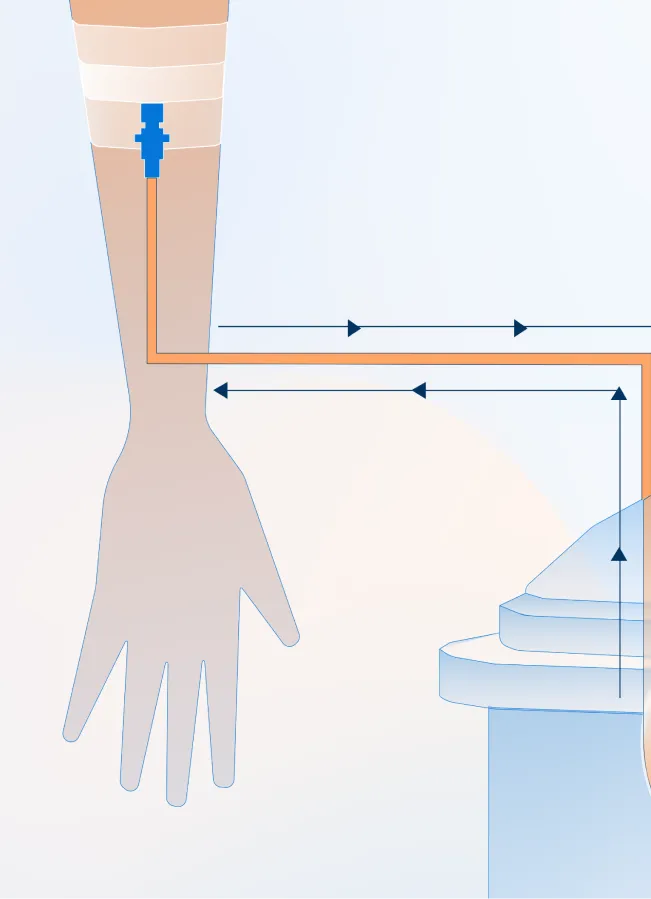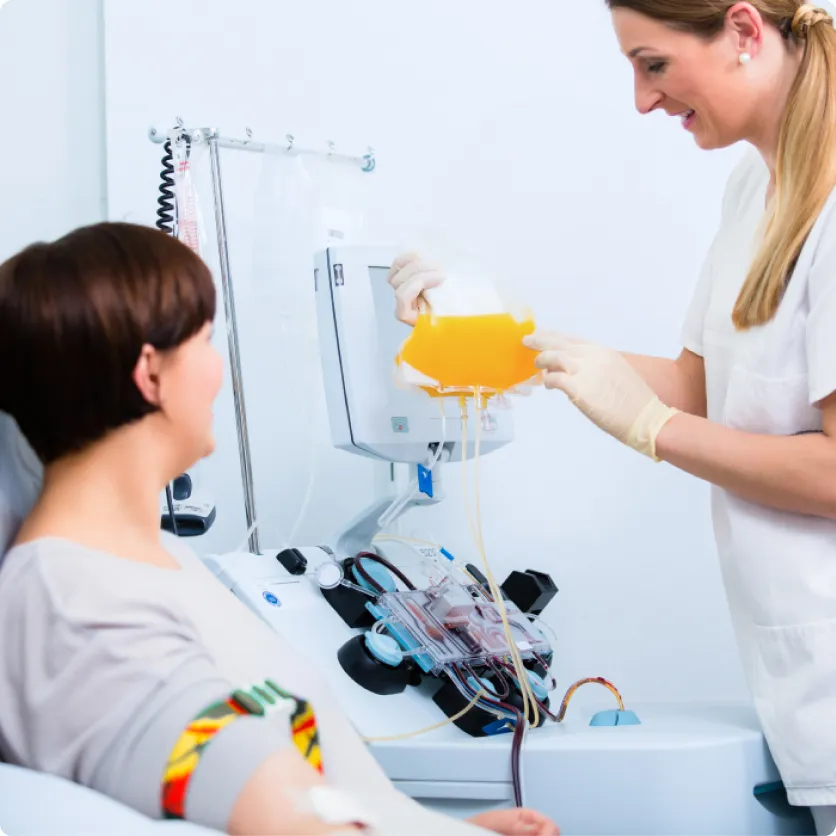Plasma
Plasma-derived medicines are uniquely valuable to patients. Without the valuable element of plasma with critical functions, treatment would be unavailable, putting at risk the lives of many patients. PPTA’s main goal is to ensure the availability of safe, high-quality plasma for fractionation.

What is plasma?
Plasma is the single largest component of human blood that acts as a transporting medium for cells and a variety of substances vital to the human body. It contains water, salts, enzymes, antibodies, and other proteins. Plasma also carries out many critical functions, including fighting diseases, and is, therefore, essential for numerous therapies.
92%
7%
1%
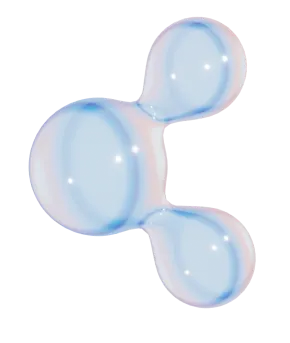



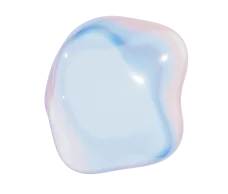
PLASMA COLLECTION
There is a difference between whole blood used for transfusion and plasma used to manufacture plasma-derived medicinal products. When it comes to plasma collection, a process called plasmapheresis removes a donor’s plasma and returns the remaining blood components.
Source plasma
.png)
Source plasma
Source plasma is collected from healthy, voluntary donors through a process called plasmapheresis, used exclusively for further manufacturing into final therapies (fractionation). Source plasma donors may receive remuneration.
.png)
Source plasma
Source plasma is collected through plasmapheresis, where plasma is separated from blood before the remaining components are returned to the donor’s body. It is used exclusively for manufacturing into final therapies.
The Power of Plasma Donation
Many patients with rare and genetic disorders rely on plasma donors. That's because blood contains plasma, a key ingredient in the treatments they need to survive and the only way to get source plasma is from healthy donors. Plasma donation is a process that saves lives. And it all starts with plasma donors.
130
plasma donations to treat ONE primary immunodeficiency patient for one year
900
plasma donations to treat ONE Alpha-1 deficiency patient for one year
1200
plasma donations to treat ONE Hemophilia patient for one year
THE Value of plasma To PATIENTS
As different policies to slow health spending are debated, it is critical to maintain access to lifesaving treatments for rare disease patients. Although some value-based frameworks work for generic, interchangeable pharmaceuticals—a one-size-fits-all policy does not work for plasma-derived medicines as these biologics are not interchangeable. Plasma-derived medicines are high-impact pharmaceuticals because they increase life expectancy, improve quality of life, and reduce life-threatening complications for individuals with plasma protein deficiencies. Plasma-derived medicines provide immeasurable, lifelong benefits to the patients who use them.
10-YEAR SURVIVAL RATE OF PATIENTS WITH COMMON VARIABLE IMMUNE DEFICIENCY, BY YEAR

Source: Chapel H, Lucas M, Lee M, et al. Common variable immunodeficiency disorders: division into distinct clinical phenotypes. Blood. 2008; 112(2):277–286.
LIFE EXPECTANCY OF A PATIENT BORN WITH HEMOPHILIA, BY YEAR
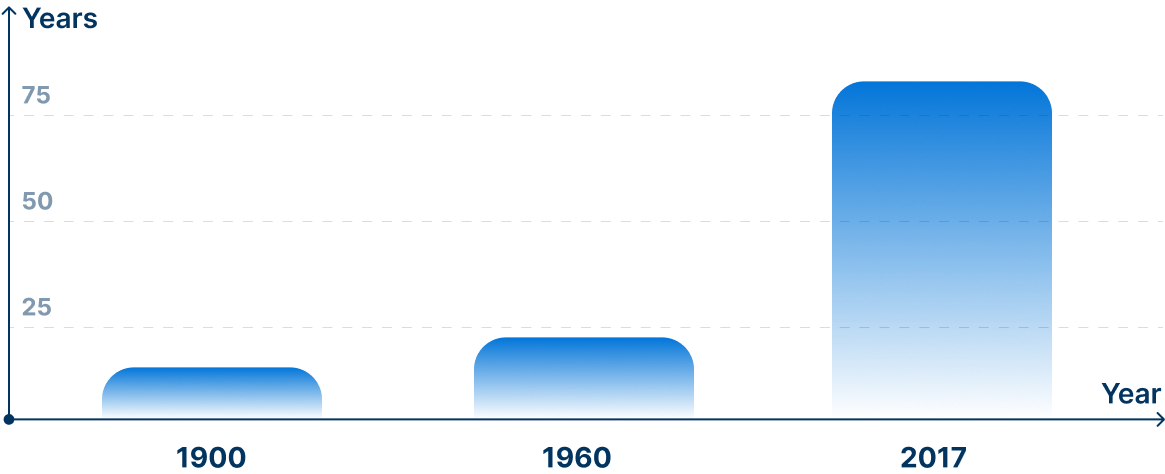
Source: Aledort, L. The evolution of comprehensive haemophilia care in the United States: perspectives from the frontline. Haemophilia. 2016; 22(2):676-683.
THE Value of plasma To SOCIETY
Plasma-derived medicines bring lifelong benefits by increasing life expectancy, improving quality of life, and reducing health complications for individuals with plasma protein deficiencies. In addition, the economic impact of diagnosing a primary immunodeficiency disease and treating an individual with immunoglobulin therapy represents an average savings of $55,882 per year, further emphasizing their value to the health care system.
Modell, V., Quinn, J., Ginsberg, G., Gladue, R., Orange, J., & Modell, F. (2017). Modeling strategy to identify patients with primary immunodeficiency utilizing risk management and outcome measurement. Immunologic Research.
Save lives
Plasma-derived medicines are relied upon by individuals around the world.
Everyday Medicines
Plasma can be used in a variety of everyday medical uses, and in critical care cases.
Employment
Each plasma donation center employs between 50 - 100 people.
Local Economies
More than $4 million in economic impact provided by source plasma donation centers.
WHY YOU SHOULD DONATE PLASMA
Plasma can only be obtained from human donors, making it a limited resource that cannot be recreated in a lab. As an eligible donor, you have an opportunity to contribute lifesaving source plasma to those in need.



